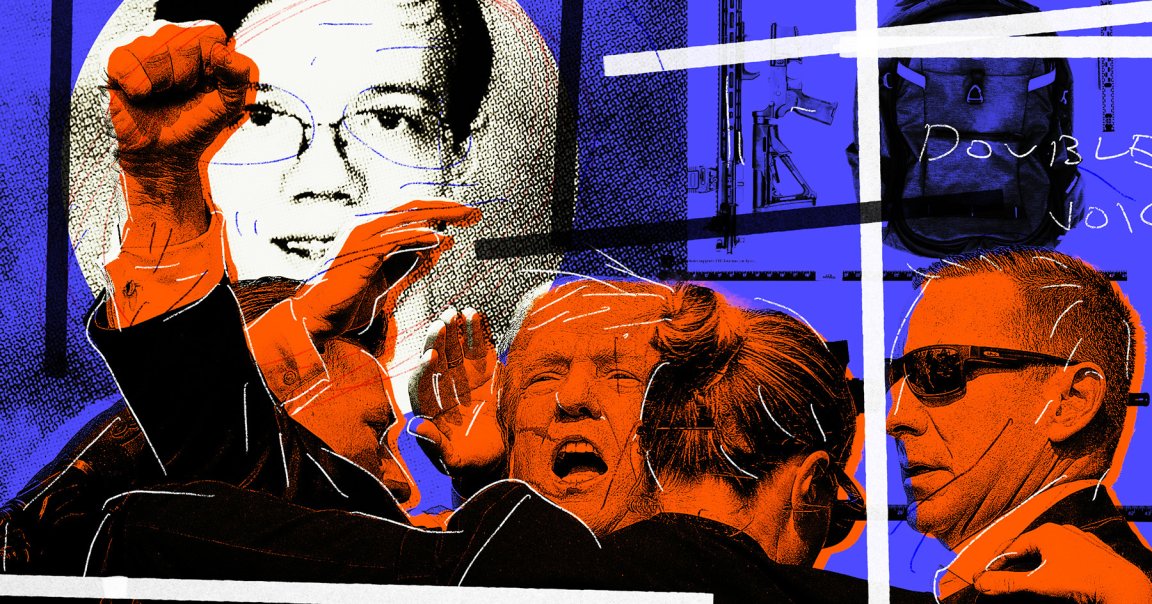
The Pennsylvania man who tried to assassinate President Donald Trump last year during a campaign rally was mentally unraveling in the months before the shooting, the New York Times reports, with anecdotes that he was talking to himself and digital records that revealed he was researching the 1963 killing of President John F. Kennedy.
Thomas Crooks, 20, was by most accounts a mild-mannered college student who enjoyed engineering and science, according to the NYT, until he became the man who almost killed Trump when his bullet grazed the president’s head, leading to an instantly iconic photo of the defiant president shaking his fist in triumph after the shooting.
Little has been known about Crooks, whose mysterious motive has sparked wild conspiracy theories.
To get to the bottom of the case, reporters combed through Crook’s email, texts and internet history, along with interviews of people who knew Crooks, who displayed little evidence that he was planning on shooting the president.
The sweep found that he was concerned about depression, while reading up on Trump, Biden, the FBI, and buying guns and ammunition. He even went as far as to build a bomb that was found after the shooting in his childhood home, though it didn’t detonate.
But there was little to suggest outwardly that he was capable of murder.
“There was a mysteriousness to Thomas Crooks’s descent into madness,” Clay Higgins, a Republican congressman from Louisiana who’s researched the shooting, told the NYT.
The attempted assassination comes amidst other recent acts of stochastic violence, from Luigi Mangione’s killing of a health insurance executive to the New Orleans truck attack that left more than a dozen people dead.
It’s a difficult environment for law enforcement to operate in, because these kinds of attacks straddle the ideological spectrum. Crooks’ political beliefs remain a virtually complete riddle.
If there is a commonality about these incidents, it’s that the internet often plays a role, whether as a catalyst for violence or as a resource to gather weapons and knowledge.
Crooks relied on encryption to conceal his tracks. Mangione created a 3D pistol. Shamsud-Din Jabbar, the New Orleans attacker, was posting conservative Islamic audio on SoundCloud.
One other commonality is that all three men started isolating themselves from family and friends — which doesn’t bode well for a society that has increasingly atomized itself and has easy access to weapons and incendiary online content.
More on President Donald Trump: The Latest Failed Trump Assassin Tried to Buy a Used Rocket from Elon Musk